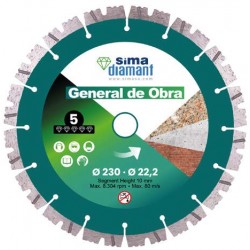

Diamond Blade for Dry Cutting Range: SIMA Diamant
Materials: Brick, Concrete, Granite. Diameter: 125 mm Laser welded segment.


Diamond Blade for Dry Cutting Range: SIMA Diamant
Materials: Brick, Concrete, Granite. Diameter: 125 mm Laser welded segment.
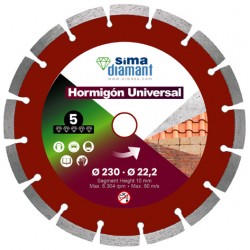

Diamond Blade for Dry Cutting Range: SIMA Diamant
Materials: Brick, Klinker, Roof Tiles, Concrete. Diameter: 125 mm Laser welded segment.
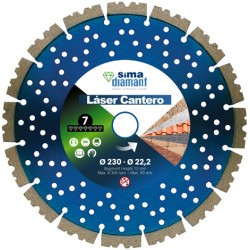

Diamond Blade for Dry Cutting Range: SIMA Diamant
Materials: Brick, Klinker, Roof Tiles, Basalt, Granite, Concrete. Diameter: 125 mm Laser welded segment.
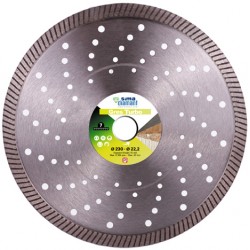

Diamond Blade for Dry Cutting Range: SIMA Diamant
Materials: Granite, Gres, Ceramics, Dekton. Diameter: 125 mm Laser welded segment.
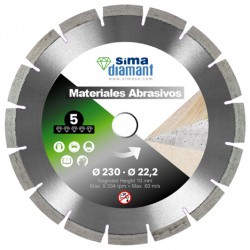

Diamond Blade for Dry Cutting Range: SIMA Diamant
Materials: Sandstone, Concrete, Refractory. Diameter: 125 mm Laser welded segment.
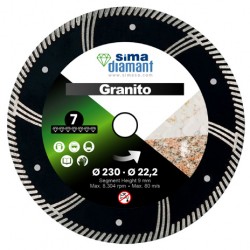

Diamond Blade for Dry Cutting Range: SIMA Diamant
Materials: Granite, Silestone. Diameter: 125 mm Laser welded segment.
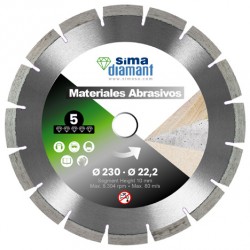

Diamond Blade for Dry Cutting Range: SIMA Diamant
Materials: Sandstone, Concrete, Refractory. Diameter: 150 mm Laser welded segment.
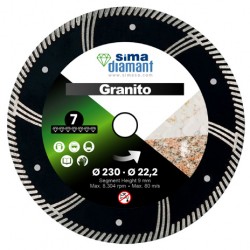

Diamond Blade for Dry Cutting Range: SIMA Diamant
Materials: Granite, Silestone. Diameter: 150 mm Laser welded segment.
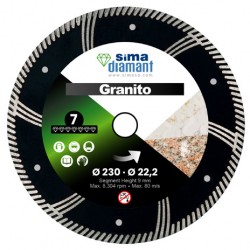

Diamond Blade for Dry Cutting Range: SIMA Diamant
Materials: Granite, Silestone. Diameter: 180 mm Laser welded segment.
Looking for the best blade for your saw? Look no further. A 125 mm diamond blade can be your best ally, you just need to make sure it is suitable for your saw. Generally speaking, diamond saw blades are perfect for cutting abrasive materials. It is possible thanks to their synthetic diamonds attached to their edges. Known for their great resistance, they allow you to cut faster than most blades.
A 125 mm diamond blade is recommended when working with clay or concrete bricks, but you can use it to work with cement, pavers and stone in general. How can it manage the abrasiveness of these materials? Because a diamond blade does not cut, it grinds. The diamond particles that are exposed grind the material while the metal bond keeps them in place.
Of course, after working with the diamond blade for a few hours it starts to deteriorate, so you need to know how to work with it in order to make the most of your investment.
Your best option is wet cutting, because the waterflow prevents the blade from overheating, meaning that the bond will keep the diamonds in place. On the other hand, wet cutting prevents the materials from chipping or cracking. However, if you are using electrical saws or tools or there is an electrical power source near your workplace, you might need to reconsider and dry cut.
What do you need to know to prevent your tools from deteriorating when dry cutting? In a few words, you need to make shallow and fast passes and take as many pauses as possible to prevent the blade from overheating. At SIMA, we also recommend applying equal pressure on both sides of the tile while cutting, never applying much pressure because the material could crack and break.